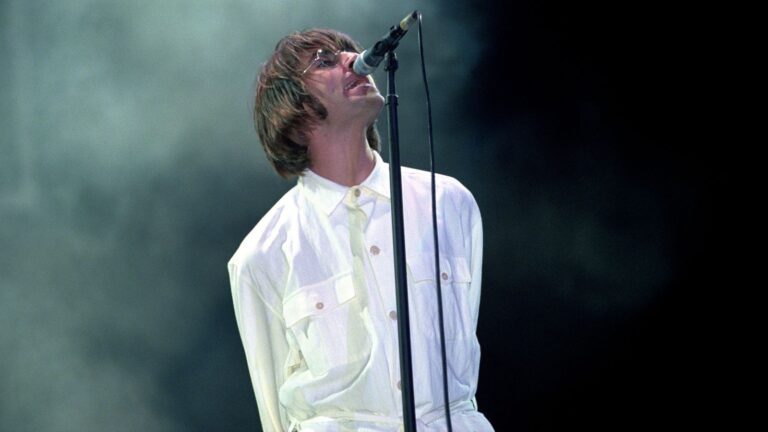Oasis provided the most “ground-shaking” performance at Edinburgh’s Murrayfield Stadium when they last performed there in 2009, according to analysis of seismic data.
The Gallagher brothers’ last Scottish gig has topped the chart for the most powerful seismic concert at the venue in the past 20 years, the British Geological Survey (BGS) said.
Oasis’ June 2009 gig beat the Red Hot Chili Peppers in June 2004, Kings of Leon in June 2011 and Taylor Swift in June 2024 – when measuring the peak earthshaking power of each event.
The measurements were taken from a seismic monitoring station, some 4km from the venue.
At peak power of 215.06kW, the Oasis gig was more than twice as powerful as the next strongest one by the Red Hot Chili Peppers at 106.87kW.
Murrayfield Stadium’s most seismic concerts:
• Oasis: 17 June 2009, 215.06kW
• Red Hot Chili Peppers: 14 June 2004, 106.87kW
• Kings of Leon: 26 June 2011, 96.18kW
• Taylor Swift: 8 June 2024, 82.56kW
• Foo Fighters: 8 September 2015, 78.65kW
• Harry Styles: 26 May 2023, 65.38kW
• Beyonce: 20 May 2023, 29.31kW
• Robbie Williams: 31 May 2025, 14.18kW
• Bon Jovi: 22 June 2011, 13.20kW
• Spice Girls: 8 June 2019, 10.63kW
• One Direction: 3 June 2014, 6.82kW
The rankings were revealed ahead of Oasis’ return to the Scottish capital this weekend as part of their comeback tour.
The power output is not related to the volume of the band or the crowd; rather, it is the movement of fans jumping and dancing in time to the music, with the height of the jumping and weight of the crowd also potential factors.
Read more:
Oasis reunion tour ‘catastrophic’ for Edinburgh Fringe performers
Liam hits out at council after Oasis fans branded ‘rowdy’
BGS seismologist Callum Harrison said: “In 2009, seismic signals generated by Oasis fans were consistent with a crowd energy of 215kW at its peak – enough to power around 30 of the scooters featured on the iconic Be Here Now album cover.
“Our network of sensors around the country is sensitive enough to pick up ground movement from a source miles away that may not be detectable to humans – and precise enough to register exact timestamps for when the events occur.
“The peak energy reading was recorded around 8.30pm on that June evening back in 2009, which correlates to the time the band first took the stage and performed Rock ‘N’ Roll Star, which couldn’t be more fitting in terms of topping our seismic music chart.”
The BGS keeps an archive of continuous ground motion recordings from seismic sensors around the country, dating back several decades.
Mr Harrison said: “Improving our understanding of historical earthquakes is an important part of BGS research in trying to understand and mitigate the seismic risk around the country.”
Oasis will take to Murrayfield’s stage on Friday, Saturday and Tuesday, so there is potential for another “shakermaker”.
Mr Harrison said it is “certainly possible” the band could top their 2009 gig, adding: “We’ll just have to wait and see.
“The main contributing factors are going to be how energetic the crowd is. If they’re jumping along with the music, how high or how fast are they jumping?”




